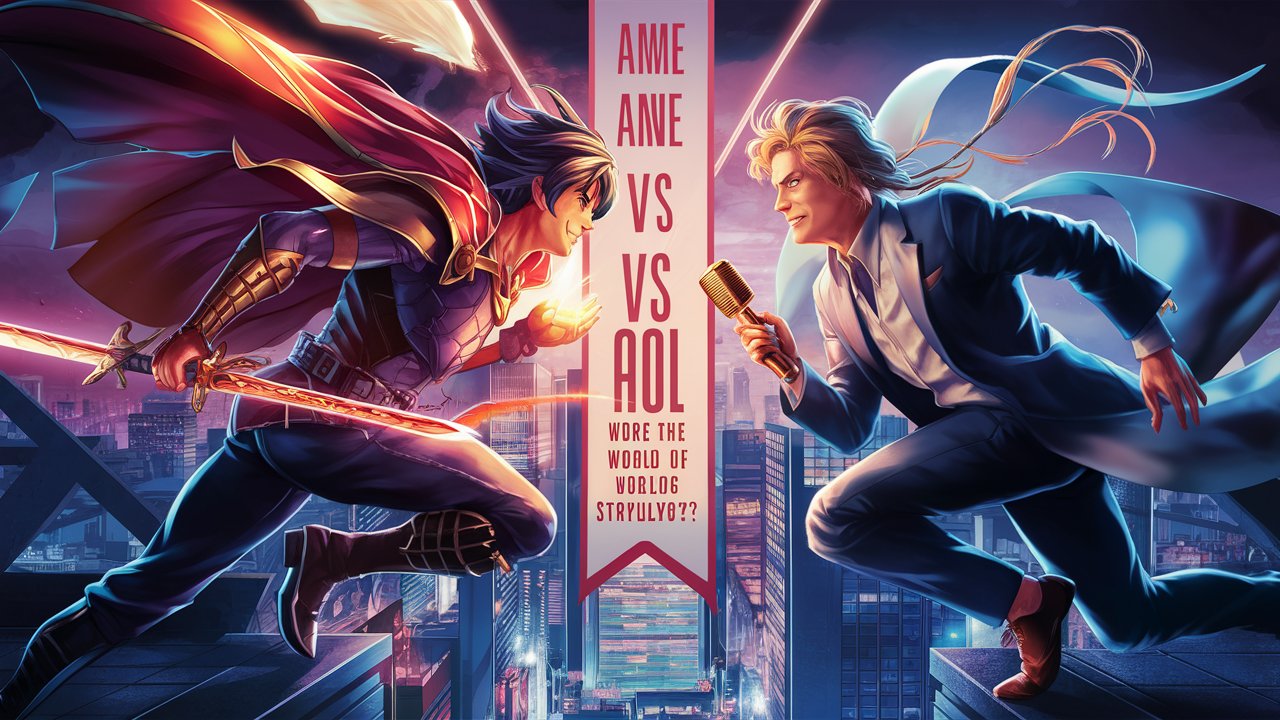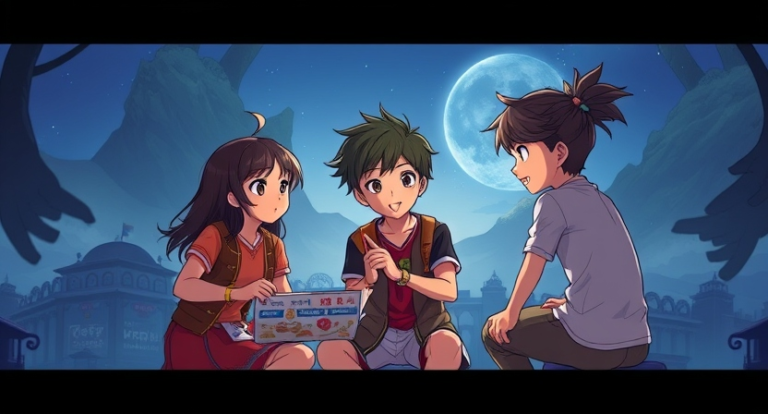

In the world of entertainment, two giants stand tall when it comes to storytelling: Anime vs Hollywood. Both have shaped global culture in their unique ways, offering audiences unforgettable stories, characters, and experiences. But the question remains: which one rules the world of storytelling? To answer this, we must examine the distinct storytelling techniques, cultural impacts, and audience reach that both industries employ.
The Unique Storytelling Styles of Anime
Anime, a medium originating from Japan, offers a diverse range of genres and narrative styles. One of the most striking features of anime is its ability to blend fantasy with reality, often pushing the boundaries of imagination in ways that live-action films, such as those produced in Hollywood, rarely can.

Complex Characters and Emotional Depth
One hallmark of anime is the complexity of its characters. Unlike many Hollywood blockbusters, where protagonists often fit into predictable archetypes, anime delves deep into the psychology of its characters, presenting multi-dimensional personalities. Viewers are drawn into their emotional struggles, inner turmoil, and growth over time. Anime series like “Naruto,” “Attack on Titan,” and “Neon Genesis Evangelion” are excellent examples of how character development becomes a driving force in the storytelling process.
Rich World-Building
Another key aspect of anime is its rich world-building. From the post-apocalyptic landscapes of “Akira” to the intricate spiritual realms of “Spirited Away,” anime often crafts worlds that are both fantastical and deeply immersive. These settings serve as more than just backdrops; they are integral to the storytelling, helping shape the plot and the characters’ actions. In comparison, Hollywood tends to rely more on familiar or historically based settings, limiting its capacity for such creativity.

Flexibility in Storytelling Formats
Anime also has the advantage of flexible storytelling formats. Whether it’s a 12-episode series or a multi-season saga, anime creators have the freedom to expand or condense their narratives as needed. This flexibility allows for more in-depth exploration of themes and characters, a luxury not always afforded to Hollywood productions, where films must often fit within a 2-3 hour window.
Hollywood’s Storytelling Mastery
Hollywood, on the other hand, has long dominated the global entertainment industry through its blockbuster films, cutting-edge special effects, and star power. Despite being more conventional in some aspects of storytelling, Hollywood excels in its ability to create spectacles that appeal to a mass audience.

Universal Themes and Global Reach
Hollywood films are often driven by universal themes such as love, heroism, and the struggle between good and evil. These themes resonate across cultures and languages, making Hollywood movies globally accessible. Blockbuster franchises like “The Marvel Cinematic Universe,” “Star Wars,” and “Harry Potter” have captivated audiences worldwide, leveraging the universal appeal of their themes to become cultural phenomena.

Efficient Storytelling in Limited Time
While anime often takes its time to develop characters and plotlines, Hollywood is skilled at condensing complex stories into a limited timeframe. Films like “Inception” and “The Matrix” manage to weave intricate plots within a two-hour span, leaving a lasting impression on viewers. Hollywood’s ability to tell a complete and compelling story in a short amount of time is one of its strengths, especially in an era where audiences have shorter attention spans.
Cultural Influence: Anime vs Hollywood
Anime’s Cultural Impact
Anime’s influence is growing rapidly on a global scale. Once considered a niche interest outside Japan, it is now a mainstream form of entertainment that resonates with people from all walks of life. Platforms like Crunchyroll and Netflix have made anime more accessible to international audiences, expanding its reach. Additionally, the incorporation of Japanese cultural elements such as honor, spirituality, and folklore gives anime a unique identity that sets it apart from Western storytelling.

Anime’s influence is also seen in its fan communities. Cosplay events, anime conventions, and fan art are just a few examples of how anime fosters a deep sense of community among its followers. This fan-driven culture fuels the continued growth of anime, making it a dominant force in global storytelling.
Hollywood’s Cultural Dominance
Hollywood has long been the global powerhouse in entertainment, shaping popular culture around the world. Its movies are translated into countless languages, and its stars are household names in almost every country. Hollywood has the ability to influence global trends, from fashion to politics, through its storytelling. Films like “Titanic,” “Avatar,” and “Jurassic Park” have become not just box office hits but cultural touchstones, remembered and revered for decades.
Hollywood’s global dominance is further amplified by its ability to incorporate multicultural elements into its films, appealing to a broader audience. The increasing diversity in Hollywood casting and storylines reflects a world that is more interconnected than ever, allowing it to maintain its strong cultural influence across various demographics.
Conclusion: Who Truly Rules the World of Storytelling?
Both anime and Hollywood have their unique strengths in storytelling. While anime excels in character complexity, emotional depth, and world-building, Hollywood dominates in terms of global reach, high production values, and universal themes. It’s not a matter of one being superior to the other, but rather a question of what resonates with individual audiences. Anime’s growing influence suggests that it may soon rival Hollywood in its global storytelling impact, while Hollywood continues to set the standard for cinematic spectacle.

In the end, both mediums contribute significantly to the world of storytelling, each offering something that the other cannot. The future promises an exciting evolution of storytelling, where the lines between anime and Hollywood blur, and audiences get the best of both worlds.







